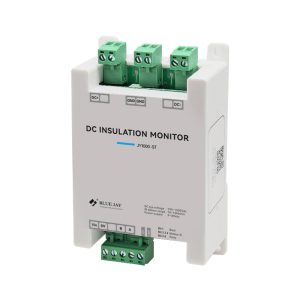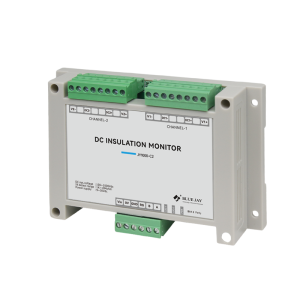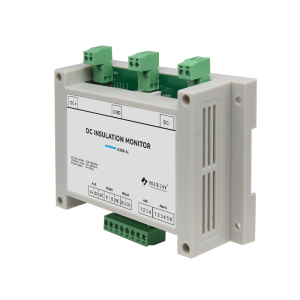Insulation Monitoring for DC Charging Stations
Insulation monitor is widely used in DC Charging Stations, DC EV Charger. This article will introduce the Insulation Monitoring for DC Charging Stations from requirements, reason, features and so on.

Insulation monitoring Requirements in DC charging pile standards
IMD circuits need to be set up on both the DC charging station side and the electrical vehicle side. The DC EV charger should have the function of insulation detection of the DC output circuit, and the insulation monitoring function of the DC EV charger should cooperate with the vehicle insulation monitoring function. The insulation detection function of the DC EV Charging stations should comply with the provisions of B.4.1 and B.4.2 in GB/T18487.1-2015.
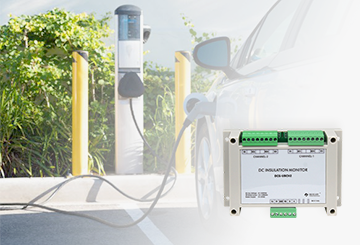
Why Do DC Charging Stations need insulation monitoring?
DC Charging piles are power products for charging electric vehicles. However, since DC charging piles are installed outdoors, there are various possibilities such as impact, rain, water intrusion or moisture in the equipment, cable damage, etc., which can easily lead to insulation degradation.
Moreover, a large number of batteries may be installed inside the power station for energy storage, and the insulation degradation of the positive and negative terminals of the batteries will also form a loop that threatens personal safety. The DC charging Station insulation monitor is specially designed for DC charging piles and fully complies with the latest national standard requirements. It has been widely used in the field of DC Charging stations and can effectively prevent accidents.
What are the features of the EV charger insulation monitor?
1. The DC Charging station insulation monitor has a parameter display function
It can display working status, AC voltage value, AC value, DC voltage value, DC, voltage waveform, current waveform, measured value, and has fault display and alarm functions.
2. Have the function of communicating with the PC
It is required to meet remote control requirements.
3. It is required to use an industrial control computer as the operating unit of the equipment
It is required to have functions such as parameter setting, data measurement and report generation, an intuitive interface, simple operation, and high-speed hard disk storage with a capacity greater than 8G.
4. Multiple test processes can be set
The process includes the DC EV charger input voltage point, charger output voltage point, charger output current point, and test load current point. In the automatic test mode, the test is automatically performed according to the process selected by the user.
5. AC automatic voltage regulation
The DC EV charger’s grid input voltage can be adjusted according to test requirements. The voltage is continuously adjustable from 85% to 115% and automatically constant voltage.
6.It should have the function of judging whether connectors and cables are connected correctly.
Only when the testing equipment is correctly connected to the DC EV charger under test can the voltage regulation and load be allowed to start the voltage regulation and discharge process. When the test equipment detects that the connection to the DC Charging Station under test is abnormal, voltage regulation or discharging must be stopped immediately.
7.The safety performance requirements of the test equipment itself must meet national standards.
The safety protection level meets IP32, and additional safety protection functions such as leakage protection, over-current protection, over-temperature, and short-circuit protection are added.
Special Ground insulation monitoring for DC charging Stations
Blue Jay’s insulation monitoring device is used to online monitor the insulation resistance values of the positive and negative poles of the DC floating system to the ground. It is based on the principle of an unbalanced bridge, which avoids the problem of undetectable ground faults in the positive and negative poles of the balanced bridge.
At the same time, this series of products can accurately measure the resistance value when the DC voltage changes significantly, and the measurement cycle is short. It adopts the method of adaptively adjusting the measurement time to avoid the influence of the positive and negative electrodes on the ground capacitance.
| GY IMD Measurement Conditions | DC system150-1000V resistance range 1KΩ~10MΩ DC voltage value obtain measured values through RS485 communication |
| System DC voltage range | 150V~1000V (within this range, monitor the impedance of the positive and negative poles to ground) |
| Charging pile side voltage measurement range | 0V~1000V |
| Automobile side voltage measurement range | |
| Shunt voltage measurement range | 0mV~120mV |
| Power supply | 9~18VDC/18~36VDC |
| Insulation resistance measurement range | 1KΩ~10MΩ |
| Accuracy | Measurement error <10% within the range of 10KΩ~500K |
| Option | 3W -5W GYDCG insulation monitor |
Insulation Monitoring device for electrical vehicle
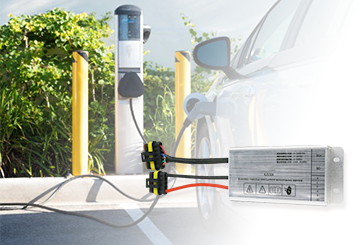
GY1000-ev DC Insulation Monitoring Device For EV Car
High safety for electrical vehicle insulation monitoring.
EV battery insulation monitoring. CE cerfitifaction Approved!
Quick Links
Contact Us






